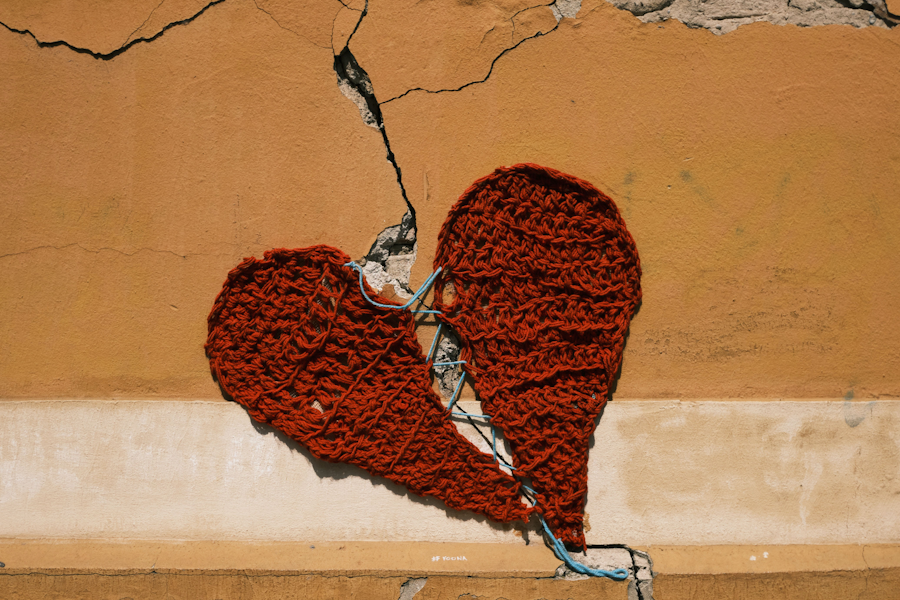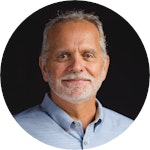It was cold, the sky overcast and gray. The Ohio River flowed with frightening force, violently churning debris and mud from winter’s thaw and spring rain. I stood mesmerized by the swift current, careful to keep my footing on the steep, rocky shore.
I was in Newburgh, Indiana, for my youngest daughter’s wedding. In the early afternoon, I slipped away for a walk to the water’s edge. Gazing at the rapidly moving river, I noticed a line of empty barges moving downstream, pushed by a paint-starved tugboat belching smoke.
The sight evoked memories from when I would lie in bed on hot summer nights, listening to the long, mournful sounds of the foghorns bellowing on the Monongahela River near my childhood home. Those warnings had always felt strangely comforting to a small boy lying wide awake in a dark and lonely room.
Coal was our family business, dug out in pitch darkness hundreds of feet below the Appalachian earth by my great-grandfather, grandfather, and father. I remember sitting on the riverbank watching long lines of rusty steel barges snaking their way down the river, filled with coal that had been plucked from the ground by people I knew.
Now I was standing at the Ohio River, entertaining memories that drew me back to the place where I grew up and the people who shaped much of the story that is my life. The narrative came alive as I stared at the teeming waters at my feet and thought about the past.
I was quite undone on the banks of the Ohio River. Like the swiftly moving current churning up mud from the bottom, my mind had dredged up memories from the long-ago past, and with those memories had come pain from wounds that had not yet healed.
As I stared across the water to the south side of the river, I noticed a muddy bank that led to a wooded, tangled, unpopulated land. I began thinking of it as it must have been before the Civil War when African Americans had two totally different experiences of life depending on which side of the Ohio River they stood.
Across the river in Kentucky, less than a quarter mile away, men, women, and children were held as property, with no rights or privileges protected by law. They were mistreated at will, considered three-fifths human, and seen as chattel. Families were routinely torn apart by owners who often used Bible passages as justification for their vile and violent treatment.
As I was imagining the suffering these people had faced, an unexpected thought forced its way into my mind. What if some of the slaves had made the life-threatening journey across the Ohio, yet had spent their lives on freedom’s side living by the same oppressive rules and bondage of slavery? What if they had lived without the joy of freedom? What if they had failed to understand that they were valued human beings who deserved to be protected and respected? Given what freedom cost, that would have been tragic.
“Living in bondage on freedom’s side.” Suddenly the phrase that popped into my head hit home. It seemed to perfectly describe my own journey. My early life had broken something inside me. First it was Grandpap and the fear he brought. Then it was living with a dad who was fighting to prove his manhood and a mom who couldn’t attach to me. Then came all the years of growing up in a clan marked in part by addiction and violence.
Even though God reached out and took me by the hand when I was a teenager, I spent many years on freedom’s side living in bondage. I was saved but not free. While I had the assurance of heaven, I often felt I was living in hell. No amount of performing for God touched the pain that gripped me.
Rather than fighting to distance myself from my home and the people who shaped me, I revisited them, both the best and the worst parts of my past. The acceptance, the belonging, the sense of family, as well as the alcoholism, the prejudice, the meanness, the craziness. Strange love wrapped in a ribbon of hate.
My Healing Journey
My healing didn’t happen overnight, but once it began, days led to weeks, then months, and ultimately to years of deep emotional healing.
I began reading books on memory, behavioral science, neurobiology, and inner-healing prayer. I was profoundly impacted by the short phrase mental time traveler from Endel Tulving, an experimental psychologist and neuroscientist. Tulving showed that it is possible for people to reexperience memories as a way to process the unhealed past.
If that were true, it occurred to me that I could reexperience my unprocessed wounds and un-grieved losses, not just as painful flashbacks, but as experiences in which I could encounter God’s healing touch, as Jesus did in Gethsemane.
It seemed that the Holy Spirit revealed a pathway to emotional healing. I shared what I sensed with a couple of trusted friends and asked if they would be willing to prayerfully walk with me into the past.
As my friends and I prayed…emotion boiled out in waves of outrage mixed with crushing sadness.
Not once did the Lord ask me to put a pretty face on what was happening. I expressed my feelings in the uncensored way they had formed a long time ago, foul words and all. Then, in a powerful moment of transformation, I was able to “see” the Lord with me. I was stunned.
In the sanctity of my imagination, Jesus came to my side and enfolded me in his loving arms. Tenderly, he said, Terry, I am saddened this happened to you. Waves of disappointment and pain poured from my wounded soul as I collapsed against his chest.
Jesus placed his hand gently upon my forehead and a rush of Presence came over me, cleansing me from pain I had carried for many years. With his touch deep healing began to pour into my soul.
After that encounter, a long journey began, one that started to free me from the prison of my unhealed past. As memories of trauma surfaced, I was able to meet the Lord and experience a deep release, one that concept-driven behavioral science didn’t touch.
After what had seemed like a never-ending season of mourning, joy began to break into my heart like dawn’s first light.
Related Podcast
Adapted from Some Kind of Crazy by Terry Wardle Copyright © 2019 by Terry Wardle. Published by
WaterBrook, an imprint of Random House, a division of Penguin Random House LLC, on October 8,
2019.
Photo by Ante Gudelj on Unsplash
Text First Published October 2019 · Last Featured on Renovare.org July 2022


